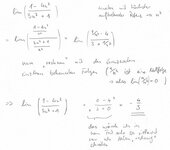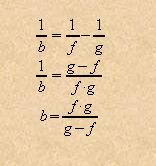In order to understand how the underlying architecture of OPM3 is modular, it helps to visualize a device that is common in the management of projects: the network diagram. As all professional project managers know, a network diagram is a schematic display of the sequential and logical relationship of the activities that comprise a project, (Figure1).
Figure 1: This is an example of a network diagram of a project schedule.
OPM3 is much like the network diagram of a project, although the OPM3 network is depicted as directories of Best Practice statements and Capability statements in a textual format rather than a graphical one. A Best Practice in OPM3 is like the project finish in a network diagram, whereas the lowest (or least advanced or least mature) Capability related to that Best Practice is like the project start in the network diagram. We can, quite simply, define levels in much the same way that one asserts that sections of a schedule are stages, (Figure 2).
Figure 2: Because OPM3 contains an underlying network of testable capability statements aggregating to Best Practice statements, by superimposing categories or groups or boundaries onto sections of the OPM3 network, we can define maturity levels in much the same way that one asserts that sections of a schedule are stages by grouping sets of tasks or activities.
No matter what the maturity levels are called, or which Best Practices and Capabilities are grouped into a level, the underlying network diagram will dictate the sequence of capability assessment and development, (Figure 3).
Figure 3: No matter what is grouped into a maturity level, the network defines the sequence of Capability development.
No other existing maturity model defines all the dependencies among Best Practices and constituent Capabilities, but OPM3 does. Instead of a network diagram, call it modular architecture. The modular architecture is the same feature that allows OPM3 to be scaled to fit any organization. You can choose any combination of Best Practices to implement. Granted, some Best Practices depend on others (for example, Measurement Best Practices depend on Standardization Best Practices), and this is hard coded as the underlying network in the model. If you choose a Measurement Best Practice, you will automatically pull in the preceding Standardization Best Practice, and the sequence of developing the capabilities required to implement these Best Practices is shown clearly to the user. Likewise, simply by demarcating sections of the underlying OPM3 network, PMI can choose any combination of Best Practices to sanction as a specific group of testable statements that will be assessed together (as a discrete maturity level). PMI can choose any combination of Best Practices that will be accomplished or implemented together (as a discrete maturity level) in order to signify compelling improvement goals and milestones in the journey toward continuous improvement. Whether PMI groups less content in initial levels, (Figure 2) or more content, (Figure 3), the underlying modular architecture (or network diagram) of OPM3 remains the same.












 Und wie würdet ihr die halten/strukturieren damit man das Publikum etwas mit einbeziehn kann ?
Und wie würdet ihr die halten/strukturieren damit man das Publikum etwas mit einbeziehn kann ?